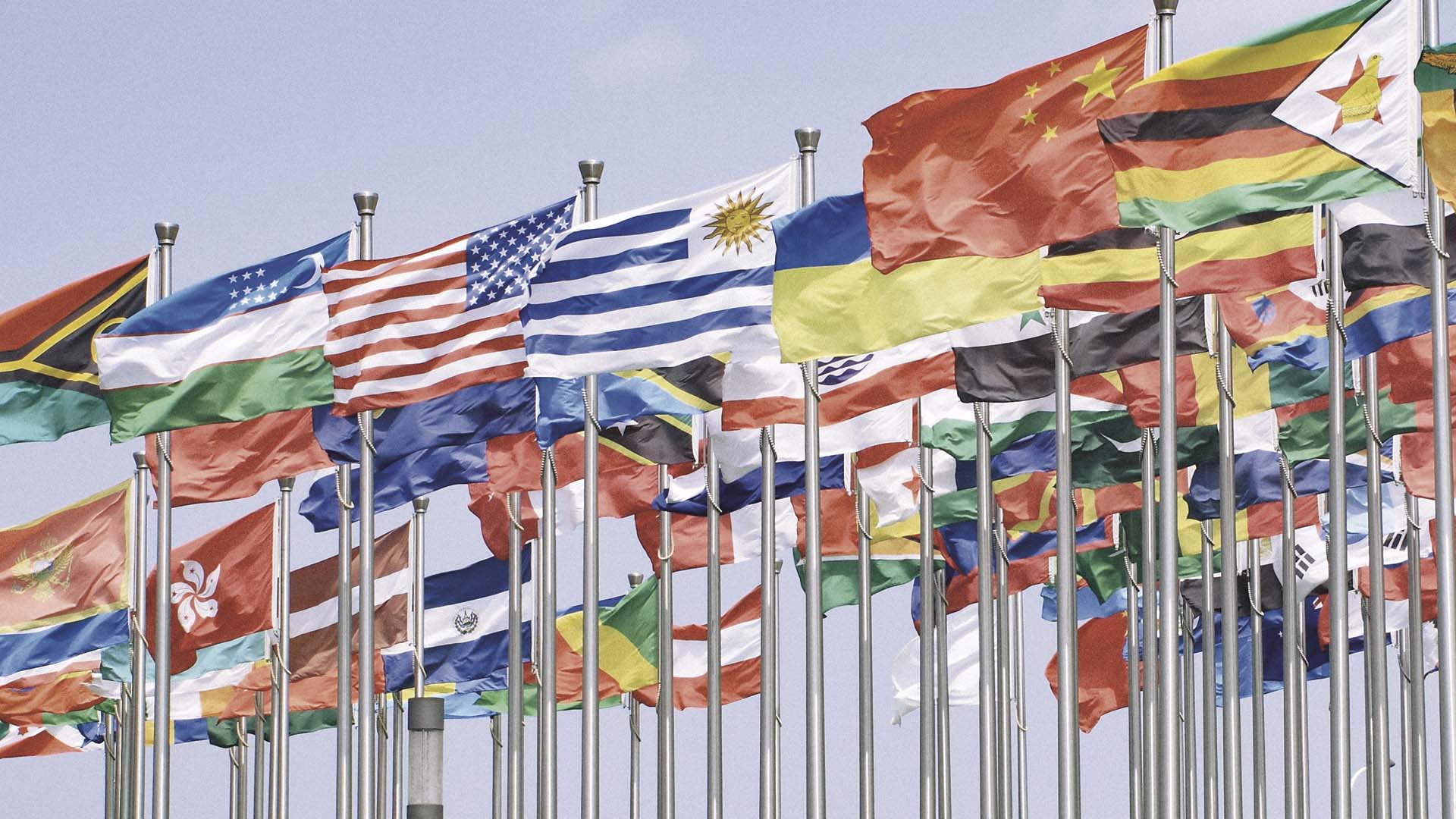
The Good Nationalist And The Capex Cycle
Brexit and the US presidential election were close calls and populations are split on the issue of being a citizen of the world and/ or only a citizen of ones home country. But the trend is clear: We see a rise in nationalistic values. This has behavioural consequences; and when even the President of the European Commission, Jean Claude Juncker, gets it and basically proposes a multi speed Europe, with him probably giving up on one of the ultimate symbols of globalization – a United States of Europe, then it is probably fair to assume that most politicians get it too.
This change in behaviour and political priorities have structural and cyclical consequences as politics really matters in a post Financial Crisis world. As investors, we need to understand the investment implications of this significant shift.
The Good Nationalist?
Politicians and companies want to play to the tune of public opinion and that translates into prioritizing nationalistic values – behaving as the good nationalist. Aggressive monetary policies are stimulating global markets and may be seen as the natural policy choice in a world of globalization. The natural policy choice in a more nationalistic world is fiscal policy, and that is typically more country specific in nature. So, what would the good nationalist prioritize?
1. Visible Infrastructure Investments
The good nationalist makes the country proud again by building and improving an old physical infrastructure that actually is in dire need of an upgrade. The smart nationalist will drive more tech-related infrastructure investments – like investing in and implementing regulation that allows local testing and early implementation of autonomous cars. This is happening now in Phoenix (Arizona), Boston and many other city areas around the world. Read more about infrastructure and investments in our comment New Roads to Growth
2. Fiscal Policies Supporting
Local Job Creation The political consensus has changed. Production jobs are now seen to be essential again in the developed world. The general view is that outsourcing has gone too far. Reshoring is happening with not just the blessing, but possibly also with the support of massive fiscal incentives. Bringing back untaxed money to the heartlands of the US to support LOCAL investments in production facilities. These probably highly automated facilities will create fewer jobs than expected, but could have multiplier effects.
3. A Stronger Army
Nationalism increases the risk of wars and has always, and always will, lead the good nationalist to increase military spending – also this time around.
This has obvious longer term effects for better earnings in sectors benefitting directly from the above.
The Capex Cycle?
The world experienced a global industrial recession in 2015 and into 2016. This is highly unusual in a world of global economic growth. This was obviously reflected in companies in the industrial and capex related space. A worldwide company like Siemens experienced no organic growth over a period of 15 quarters. Even the broader universe of S&P 500 companies experienced a revenue recession in a situation of growth and extreme monetary stimulus in the world economy as highlighted in Figure 1 (please see PDF).
The average age of the US factory stock is at a record high of 23 years compared with an average of 18 years. US industrial capex to sales has been at a 2,6-pct. level for the last 10 years – nearly half the long-term average over the last 35 years.
Infrastructure build-out, reshoring and a reindustrialization of the western world are driving capex. The actions of the good nationalist could support reshoring and a reindustrialization of the developed world. With this back-drop, we think it is possible that the behavioural consequences in political and corporate circles could prolong this newly started capex cycle. The changed political environment might influence corporate investment decision-making on the margin. When in doubt, you will choose to establish a factory at home.
But it takes time to get from decision to actual capex. It might be that the rise of nationalism will prove to be more of a longer-term support trend to macroeconomic growth, and less of a short-term kicker to the capex cycle that is gaining ground now. As long-term investors, we are interested in this longer-term support trend.
Rise of the Nation State Coexisting with Globalisation
We think nationalism will increase in a world that still also wants to trade across borders. The world is interlinked and global interaction in a rational world makes long-term sense. The increase in nationalism increases the likelihood of irrational behaviour. But the dark shadows from the two World Wars are still with us from e.g. streaming services that are still very occupied with what happened and with portraying the devastating consequences of war. We have not reached the stage of romantic thinking around wars that existed in Europe before the first World War.
We are still very positive about the dynamics in India and China too – even in this environment of more reshoring. The simple underlying story of growth from low levels in GDP per capita to a level closer to Europe and US is still in place with strong political leadership in both countries and with the fundamental hunger for a better life. China and India are domestic, advancing consumer stories over the next 20 years – not export-dependent underdeveloped emerging markets.
The benefits of trade and sensible globalization can coexist with the rise of the nation state. The next recessions will be the real and serious testing environment for balance between the forces of globalization and nationalism. The human mind is stimulated and seduced by the drama of negative stories. But as a long-term investor looking at economic history over decades, it is interesting to remember a great book about investment returns over the last 101 years by Elroy Dimson, Triumph of the Optimist, with particular focus on equity returns.
Let me reveal the conclusion: The long-term optimist wins.
